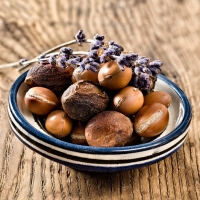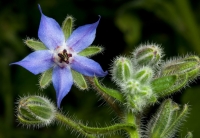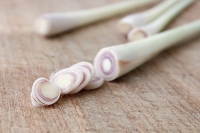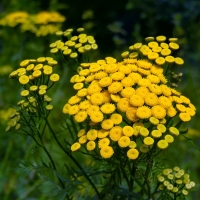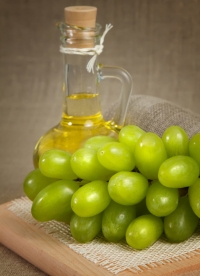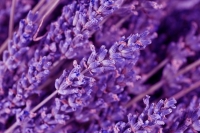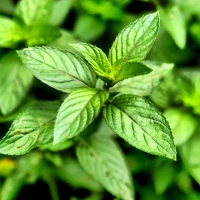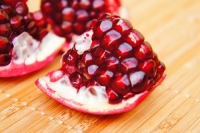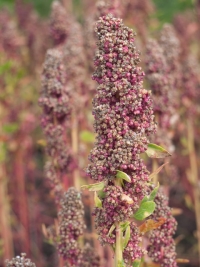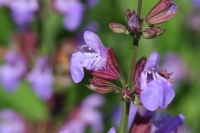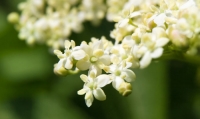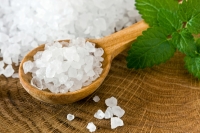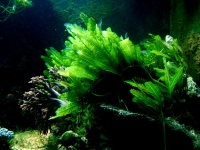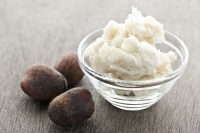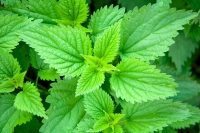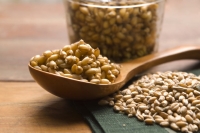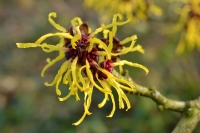AHA Alpha Hydroxyl Acid
Acronym for Alpha Hydroxy Acid. AHAs are derived from various plant sources or from milk, however 99% of the AHAs included in cosmetics are synthetic. In low concentrations (less than 3%) AHAs works as water-binding agents. At concentrations over 4% and in a base with an acid pH of 3 to 4, these can exfoliate skin cells by breaking down the substance within the skin that holds skin cells together.
AHAs are widely used for therapy of photodamaged skin and has also been reported to normalise hyperkeratinization (over-thickened skin) and increase viable epidermal thickness and dermal glycosaminoglycans content. AHAs exfoliate sun-damaged skin (from the surface of the skin). Furthermore, AHAs make the skin youthful, smooth and satiny. Lines and wrinkles are softened whilst pigmentation spots become lightened. All topical compounds including AHAs must penetrate into the skin where they can act on living cells. Bioavailability (influenced primarily by small molecular size) is one characteristic that is important in determining the compound’s ability to penetrate the top skin layer. Glycolic Acid has the smallest molecular size and works as the AHA with greatest bioavailability and penetrates the skin most easily; this largely accounts for the popularity of this product in cosmetic applications.
Dermal effects: AHAs with greater bioavailability appear to have deeper dermal effects. Glycolic acid, lactic acid and citric acid have been shown to produce increased amounts of mucopolysaccharides and collagen as well as enhancing skin thickness without detectable inflammation when applied in a topical formation to photodamaged skin.


